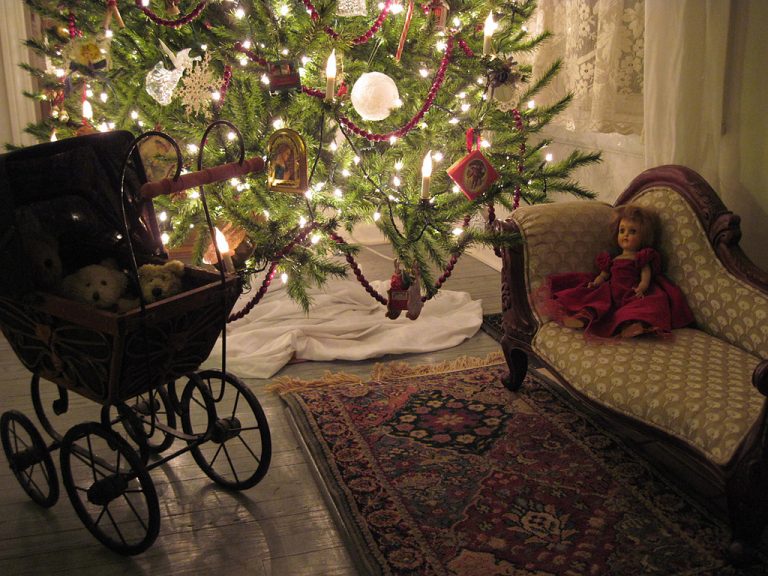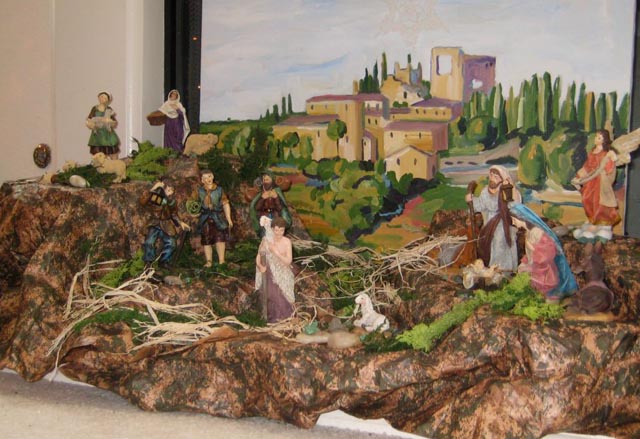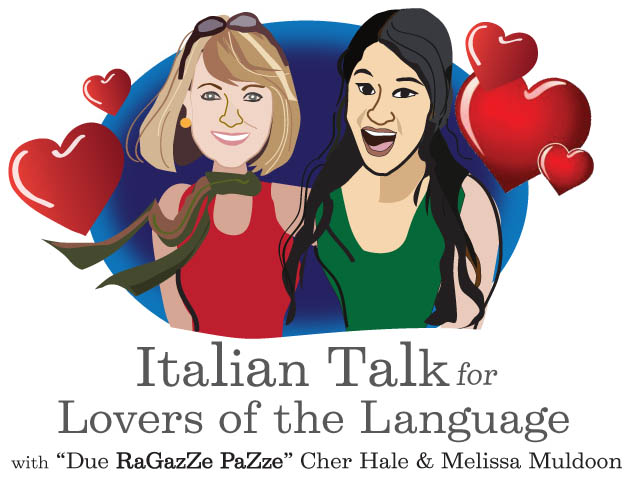
Questo fine settimana in America festeggiamo la festa della mamma. Di solito cade la seconda domenica di maggio, alla mamma vengono regalati fiori, cartoline e, in generale, è coccolata e viziata. Io non vedo l’ora di gustare un pasto preparato da mio marito e dai miei figli. Ho anche in programma un lungo massaggio!
This weekend in America we celebrate Mother’s day. Usually, it falls on the second Sunday in May, and moms are treated with flowers, cards, and just in general pampered and spoiled rotten. I myself am looking forward to a meal cooked by my husband and boys. I’m also going to enjoy a nice long massage!

La festa americana è stata iniziata nel 1908, dall’idea di Anna Jarvis. È diventata una festa nazionale ufficiale nel 1914. Nel corso degli anni è diventata una festa popolare. Ecco un fatto divertente. Sono di più le telefonate fatte il giorno della festa della mamma rispetto a quelle fatte negli altri giorni dell’anno. Queste chiacchierate con la mamma spesso, fanno aumentano del traffico telefonico di alzare a trentasette percento.
The American holiday began back in 1908 and was the idea of Anna Jarvis. It became an official national holiday in 1914. Over the years it has become a popular holiday. Here is a fun fact. More phone calls are made on Mother’s Day than ano other day of the year. These holiday chats with Mom often cause phone traffic to spike by as much as thirty-seven percent.

In Italia la festa della mamma, festeggiata nel mese di maggio, è una tradizione abbastanza nuova. Per anni gli italiani hanno festeggiato la giornata internazionale delle donne l’otto marzo. Alle donne sono regalate dei fiori gialli – le mimose – e vengono trattate come regine per un giorno. Durante gli anni fascisti, nel 1933, il 24 dicembre è stato decretato un giorno per celebrare le donne. Il giorno è stato scelto per la sua prossimità al Natale ed è stato chiamato Giornata Nazionale della Madre e del Fanciullo.
In Italy Mother’s Day, celebrated in May, is a rather new custom. For years the Italians have celebrated International women’s day on March 8th. Women are given yellow mimosa flowers and are treated like queens for a day. During the fascist years, December 24 was decreed a day to celebrate women. The day was chosen because of it proximity to Christmas and was la Giornata nazionale della Madre e del Fanciullo (the national day of mothers and children).

Negli anni ’50 gli italiani cominciarono ad abbracciare la tradizione americana di festeggiare le mamme a maggio. La festa è stata introdotta per motivi commerciali, così come avviene per le feste religiose. Come in America, i bambini offrono regali alle loro madri, come disegni o altri lavoretti che hanno realizzato a scuola.
In the 1950’s the Italians began to embrace the American tradition of celebrating moms in May. The holiday was begun for commercial reasons, as well as religious ones. As in America, children give small gifts to their mothers, like designs they have made or things they have made in school.
A tutte le madri auguro una giornata felice! A tutti gli altri, che state aspettando? Mi raccomando! Andate a chiamare la mamma!!!
To all the mothers out there, have a very happy Mother’s day. To everyone else…what are you waiting for? Go call your mom!
Grammar note
When referring to a single member of the family, don’t use a definite article. For instance, tua sorella is correct; and la tua sorella is incorrect. If there is more than one member, you should use the definite article as you would normally. For example, le tue sorelle.
This rule, however, becomes null if the single-family member you are referring to is modified in some way (for example, with an adjective, a prefix, suffix, or if the possessive is loro). In these cases, use the definite article. See examples below:
il mio caro cugino (cugino is modified by the adjective caro)
la mia bisnonna (nonna is modified with the prefix –bis)
il mio fratellino (fratello is modified with the suffix -ino)
la loro sorella (sorella is used with the possessive loro)
One additional fine point of the definite article concerns affectionate terms for family members. When using terms such as mamma and papà, if you use the article (i.e. la mia mamma / il mio papa) it possesses an additional affectionate meaning. Whereas if you use it without the article (mia mamma / mio papà) it simply expresses the relationship as your mom or dad.
Esempio:
La mia famiglia è molto grande. Mia madre ha sette fratelli, e ho molti cugini. Non ho sorelle, ma ho due fratelli minori. I miei genitori sono sposati da 1979. Adesso ho anche due cognate. Non ho ancora nipoti. La mia mamma mi vuole bene.
If you liked this post you might like these posts too:
International Women’s Day – Matta Video
Buona Festa della Mamma – una lettera d’amore alla mia mamma! (attenzione! ci sono le foto di me quando ero una bambina!)












Chi sono le donne nelle foto? La prima la so, è Claudia Cardinale.
Ben fatto! mi piace la musica del Ladyvette, molto divertenti!